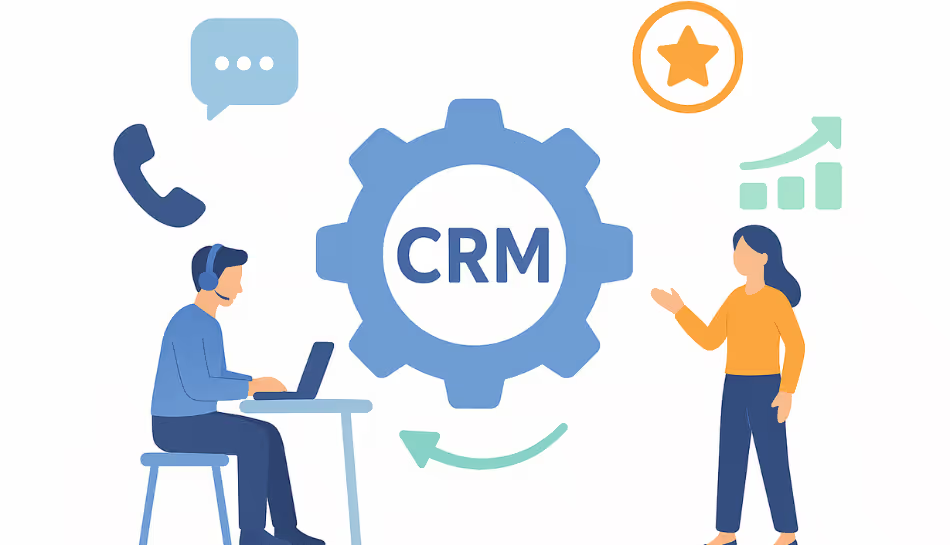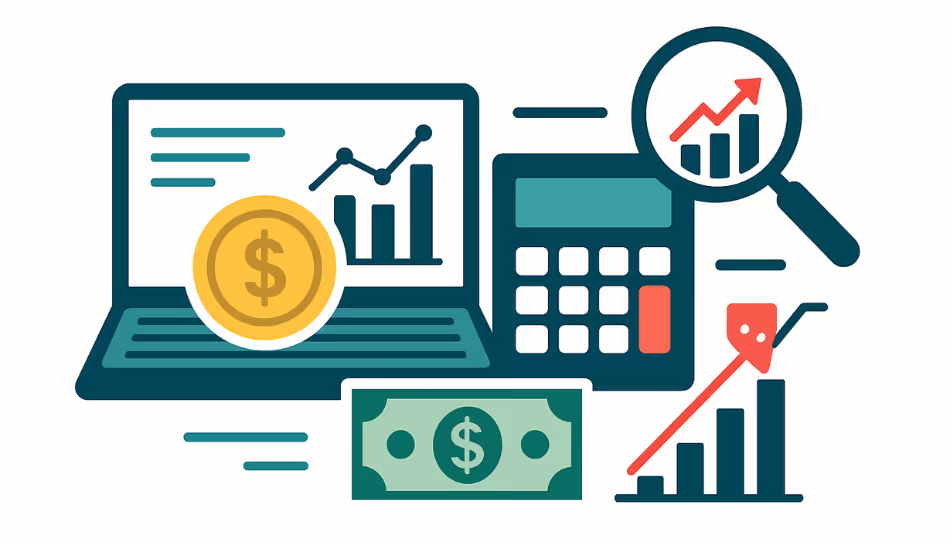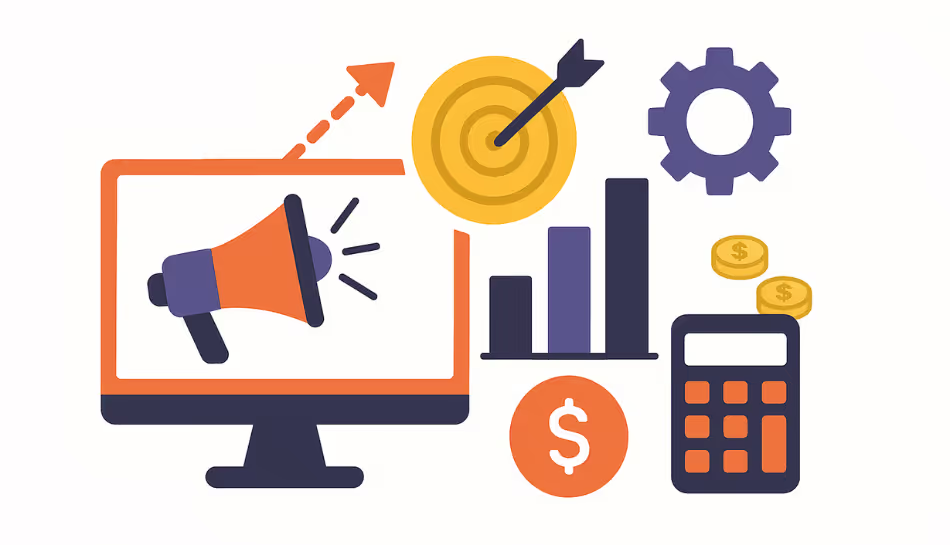
Customers are the heart of every business. And when it comes to keeping them happy, two terms often come into play, Customer Success and Customer Support. Though they may sound similar, they serve very different purposes. Understanding this difference is the first step, and using the right tools, like a CRM, is what helps streamline both functions efficiently.
Let’s break it down in a way that’s easy to understand, and then explore how CRM can improve customer success and support functions in one go.
What’s the Difference?
Customer Support is reactive. It kicks in when something goes wrong, like when a customer has a question, faces a technical issue, or needs help using your product or service. The goal is to solve problems quickly and effectively.
Customer Success, on the other hand, is proactive. It focuses on helping customers get the most out of your product so they continue to grow with you. This team builds relationships, checks in regularly, and ensures long-term satisfaction and retention.
So while support is about solving issues, success is about preventing them from happening in the first place.
This is where the difference between customer success and customer support CRM tools becomes essential, and where a smart CRM system can help you manage both.
How CRM Helps Both Teams Work Smarter
A CRM(Customer Relationship Management) system acts as a central hub where both support and success teams can access customer data, communication history, and interaction timelines. It replaces scattered spreadsheets, disconnected emails, and guesswork with a single, unified view of the customer journey.
Here’s how it works in practice:
- For Customer Support Teams: A CRM gives support reps access to customer details instantly, like order history, past issues, and notes from previous calls. This means they don’t have to ask customers to repeat themselves. It also allows faster response times and more personalized service.
- For Customer Success Teams: CRM systems track usage patterns, flag churn risks, and highlight upsell opportunities. If a high-value customer hasn’t logged in for a while or isn’t using key features, the success team can proactively reach out and offer guidance, preventing issues before they start.
This dual approach shows how CRM solutions for customer success and support teams bring two traditionally separate departments into alignment.
Enhancing Communication and Collaboration
With all customer interactions stored in one place, both teams can see what the other is doing. This eliminates confusion and ensures a smooth handoff between support and success. For example, if a customer logs a recurring issue with support, the success team can follow up with additional training or resources to avoid future frustration.
This visibility and shared knowledge also strengthen internal communication. Managers can assign tasks, track performance, and spot patterns that might otherwise go unnoticed, like a spike in complaints around a particular product feature.
Personalization That Matters
Customers want to feel understood. Whether they're reaching out for help or being guided toward better outcomes, personalization is key. A CRM enables this by storing preferences, feedback, and activity history, allowing teams to tailor interactions accordingly.
Imagine a support agent greeting a customer by name and referencing their last call, or a success manager congratulating a client on hitting a usage milestone. These small touches build trust and loyalty.
Differentiating the Roles, and Uniting the Goals
How CRM helps differentiate customer success from support is simple: it gives each team the tools they need to focus on their unique mission, while still working together toward shared goals like retention and satisfaction.
CRM software clearly defines workflows, tracks metrics for each function, and makes it easier to spot areas for improvement. With the right dashboards and automations, success managers stay proactive, and support agents stay responsive.
Final Thoughts
The role of CRM in streamlining customer success and support teams cannot be overstated. It gives both functions what they need: clear data, real-time access, shared visibility, and actionable insights.
Whether you’re helping a customer solve a problem or guiding them toward growth, CRM ensures that every touchpoint is efficient, personalized, and impactful.
In the end, CRM isn’t just a software tool, it’s your team’s best ally in building lasting customer relationships.

